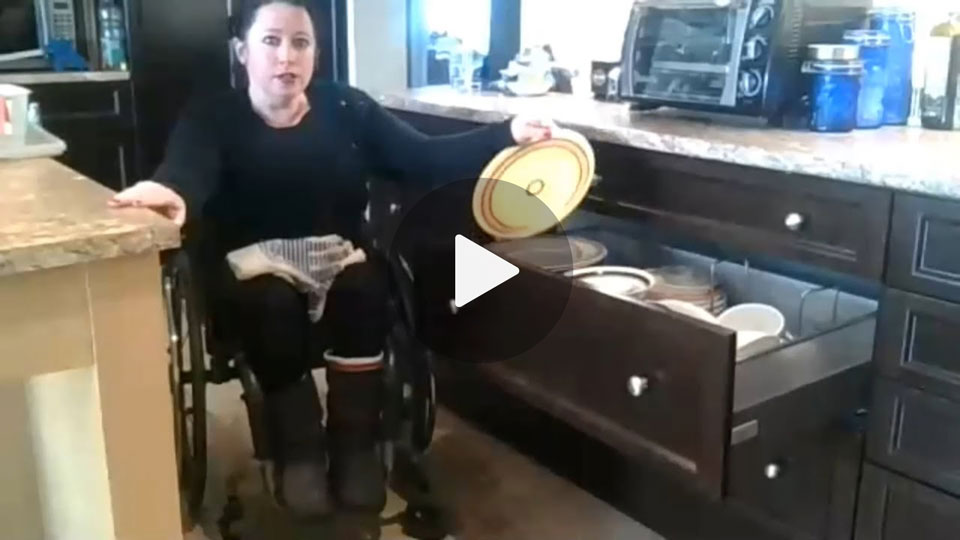Today, we discuss the best diet for spinal cord injury, featuring an anti-inflammatory diet for neuropathic pain management. This video explains what the anti-inflammatory diet is and how it helps people with spinal cord injury. You will learn the benefits of the diet, some of the research done and its findings, as well as, some tips to help you stay on the diet.
Anti-inflammatory diet has been proven effective in treating and managing neuropathic pain and depression following a spinal cord injury. However, many people find it challenging to stick to their diet plan. In 2018, Dr. Aly Bailey and her colleagues conducted a study that identifies barriers and facilitators to an anti-inflammatory diet in individuals with a spinal cord injury. In this video, let’s take a look at what they found in this insightful study.
In Dr. David Ditor’s lab, participants of this study were put into two groups: after, people in the experimental group were 89% compliant to the diet, they experienced on average anti-inflammatory diet were evident. However, one year after the study ended the experimental group, the compliance rate dropped from 89% to 43%, meaning only 43% of their food servings would have been allowed on the diet, 57% of their servings would have been considered cheating.
As a result, Dr. Aly Bailey conducted a focus group to identify possible reasons why people on the anti-inflammatory diet slipped after a year. during which they identified 4 barriers among people who went back to their previous lifestyle. Lack of Motivation was a big factor. After the study was over, they didn’t have anyone to reinforce and encourage them to stay on the diet.
Number two, during social events, where there was always a lot of food, family and friends would encourage them to cheat. And it was hard to resist such temptations. Moreover, it’s more expensive to shop for healthier and fresher food. The cost of buying supplements is also significant. Understandably, extra work is needed in preparing and shopping for certain items. Certain food can be difficult to find in stores.
The study also found five facilitators for people to remain on the diet: First, if a person has autonomy over their meal choice. or if they don’t have to worry about cooking separately for the rest of the family, then that’s helpful to stay on the diet. If a person lives with other family members and receives their support, better yet, if one or more family members go on the diet with them, then they are more likely to stick to it.
Peer support is very important. Some people meet other dieters regularly to share recipes and talk about challenges. They even created Facebook groups to encourage each other. Improvement in health was a big push factor. Most people in the experimental group lost between and better bowel function. And finally, when they incorporate a Cheat Day, by treating themselves once a week by eating whatever they want, that makes the dieting much easier.
This study offers an insight on how to be successful on dieting, but most importantly, it does prove that anti-inflammatory diet works in managing secondary complications following Spinal Cord Injury. We hope that you will find this information helpful, and thank you for watching this video. If you enjoyed this video about the best diet for spinal cord injury, featuring an anti-inflammatory diet for neuropathic pain management, please remember to like, share, subscribe and leave a comment if you have any questions, suggestions, or feedback. We hope to see you here again soon!





